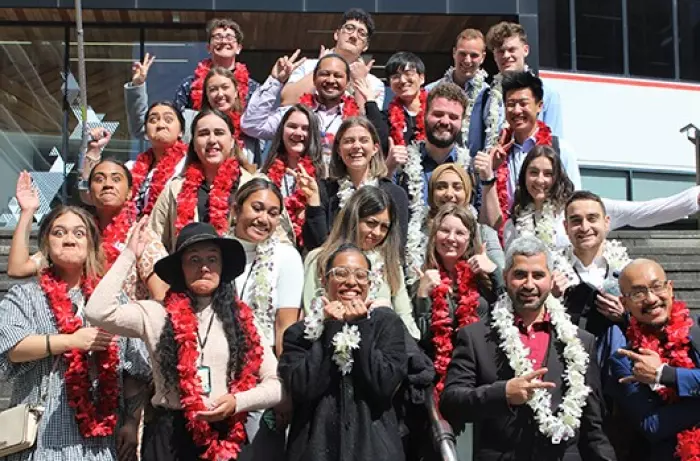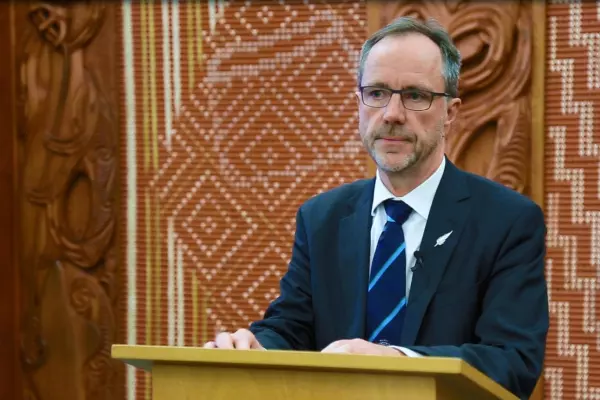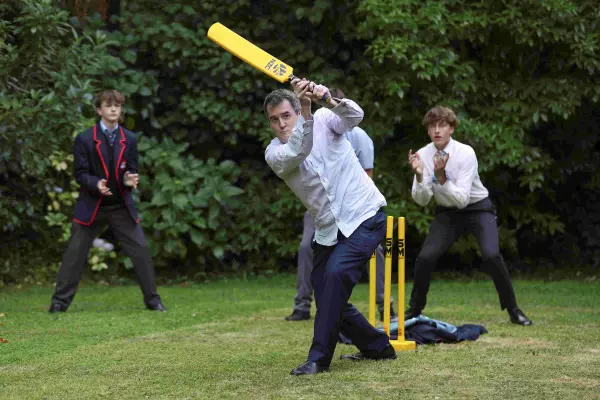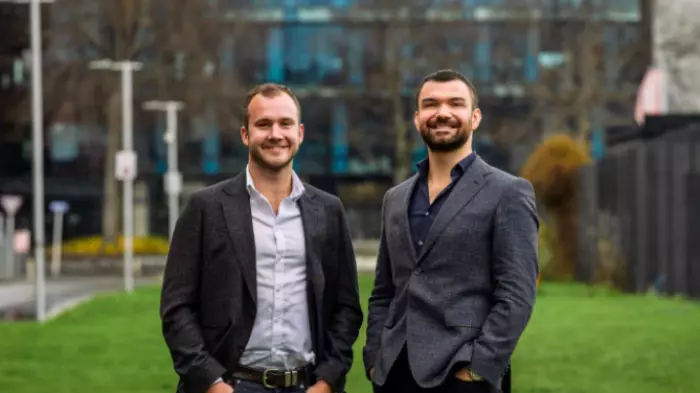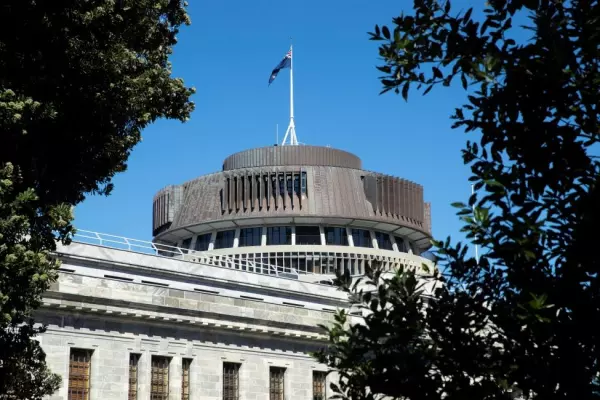The latest workforce data shows the top ranks of the public service are becoming more diverse, but Asians and Pasifika have ground to make up compared to women and Māori.
Figures released on Friday by the Public Service Commission show the number of women and ethnic minorities in the top three tiers of management all grew during the past year.
Māori now hold 13.5% of senior leadership roles, an increase of 1.1 percentage points, Pasifika hold 4.3%, up 0.9 percentage points, and Asian representation grew by 0.4 percentage points to reach 2.9%.
Women already held more than half the top roles and were up only slightly by 0.3 points to reach 53.5%.
Public service commissioner Peter Hughes said in a statement that the proportions of Māori, Pasifika and Asians in senior leadership were now about double 2016 levels.
“These are the people with their hands on the steering wheel of the public service, so it’s pleasing to see we are starting to get more diversity at the top,” he said.
Māori have made the most overall progress towards equitable representation.
Māori are one in six public servants, while holding slightly less than one in seven leadership roles.
Pasifika are one in 10 public servants, but their representation in the top ranks is only one in 23.
The picture for Asian people in the public service is the least flattering – they are one in eight public servants, but only one in 34 of their leaders.
Women’s progress appears to be slowing after a decade of strong growth in representation at the top levels.
Women achieved gender parity at the junior management level over a decade ago, but it took longer for their progress to filter into more senior levels. It was 2019 before gender parity was achieved at the top three tiers of the public service, and women’s representation is still significantly lower than their overall proportion of the public service workforce.
One external measure of progress is the prizes government agencies have been scooping up in the annual Diversity Awards NZ programme organised by DiversityWorks.
The organisation’s chief executive, Maretha Smit, told BusinessDesk the awards are well deserved, as the agencies won them in open competition against the private sector.
The commission’s data shows the public service is starting to build momentum and has achieved encouraging results, she said.
Women peaking?
The fact that 53% of senior leaders are female means it's possible women's representation in the leadership of the public service has reached a plateau and it will be difficult to progress beyond it, she said.
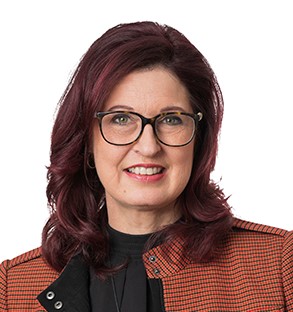 Maretha Smit: "A lot of work to be done from an equity perspective."
Maretha Smit: "A lot of work to be done from an equity perspective."
However, she said women have helped open the path for others.
“Women, by virtue of the pure size of the demographic at 50% cent, are always an easy 'in' in terms of advocacy – but that starts opening the door for other advocacy groups.
“It’s time we start looking at these other groups, and we know that Pacific people and our Asian groups are usually under-represented," Smit said.
“There’s definitely a lot of work to be done from an equity perspective to just bring them through the ranks in terms of specific opportunities, leadership programmes and all of those kinds of barriers that might keep them back at the moment.”
Public Service Association spokesperson Margaret Takoko agreed public service employers need to be more proactive in supporting staff from minority groups when they apply for leadership roles.
Takoko said their lack of participation was reflected in the pay gap data which was released last week along with the government’s action plan to eliminate the gender and ethnic pay gaps in the public service.
The plan includes commitments for public service agencies to work with unions to remove the barriers to career opportunities for women, Māori, Pacific people and people from smaller ethnic communities.
“We’ll be looking for agencies to deliver on this three-year action plan and make real change.”


